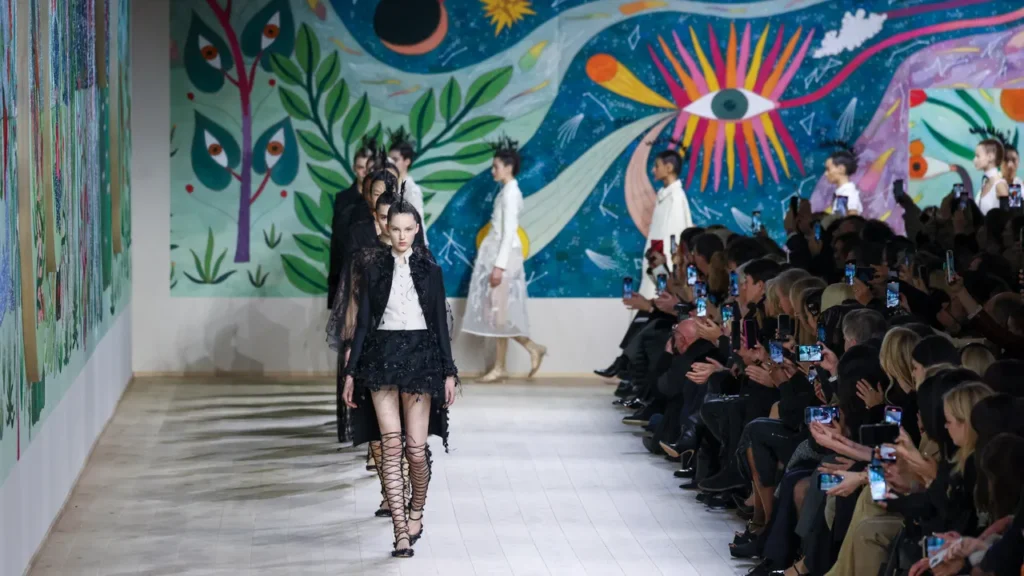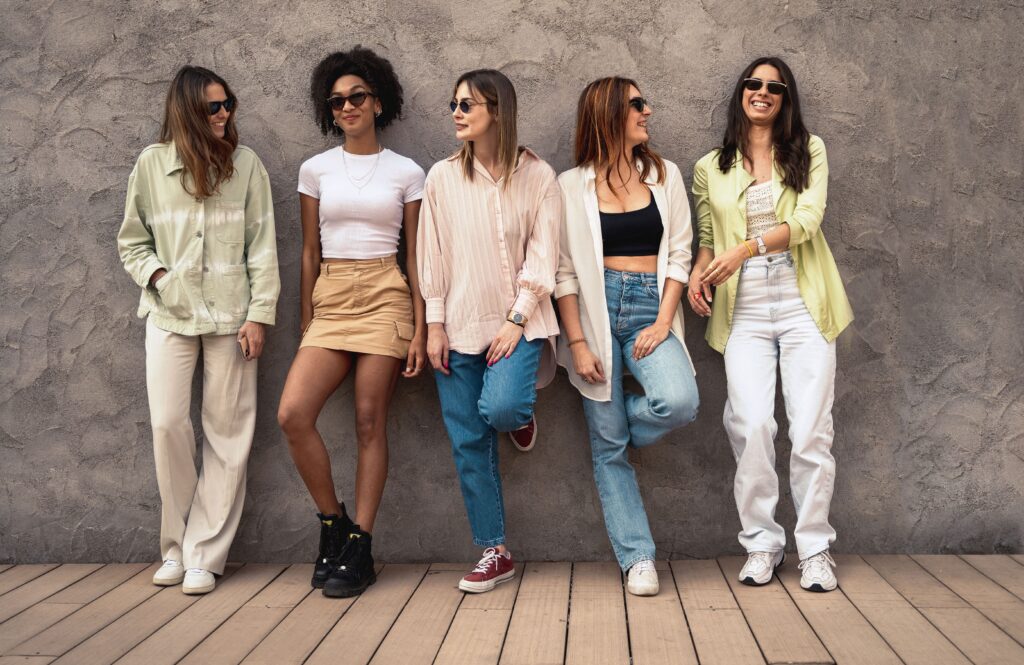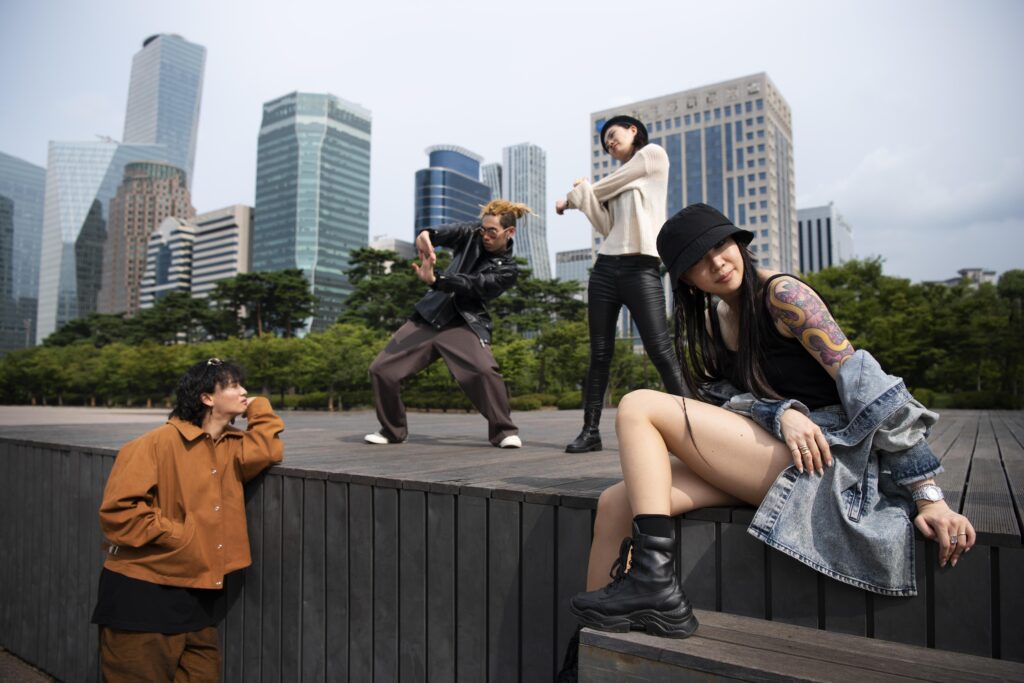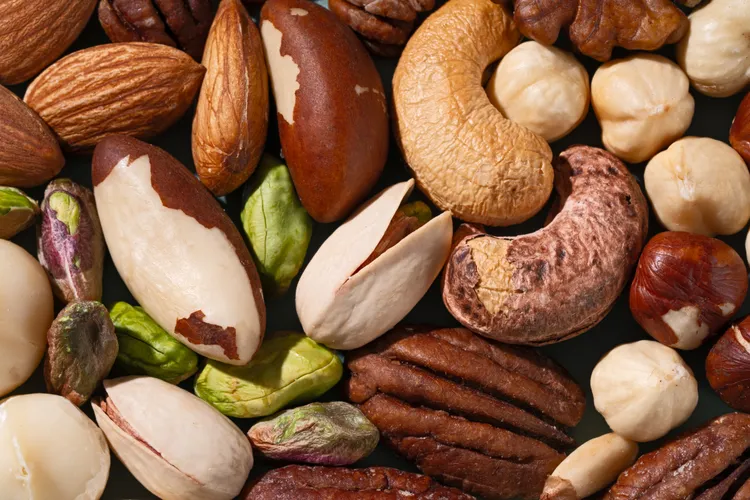The New Mood of Fashion: Quiet Boldness and Effortless Expression

The New Mood of Fashion: Quiet Boldness and Effortless Expression
Fashion is shifting—quietly, gracefully, and more meaningfully than ever. Instead of chasing loud trends or dramatic seasonal overhauls, people are turning to a style philosophy that feels more personal, more intuitive, and more grounded in everyday life. The new fashion mood is all about quiet boldness: expressing yourself with confidence, but without noise; standing out through choices that feel authentic rather than attention-seeking. It’s a refreshing direction, one that blends creativity with comfort and individuality with intention.
The Rise of “Personal Uniforms”
One of the most interesting shifts in fashion is the rise of personal uniforms—not in the literal sense, but in the sense of finding a signature look. Instead of constantly reinventing their wardrobe, many people choose a silhouette or palette that fits their lifestyle and refine it over time.

Think of it as building a relationship with your clothes. A favorite pair of wide-leg trousers, a crisp button-down shirt, a cropped jacket that fits like a glove—when you know what works, dressing becomes calmer, faster, and more enjoyable. It’s not about limiting yourself; it’s about recognizing what makes you feel most you.
Colors That Whisper, Textures That Speak Loudly
The new fashion language leans toward palettes that whisper rather than shout. Soft earth tones, stormy greys, dusky blues, moss greens, creamy neutrals, and elegant charcoals dominate wardrobes. These colors feel timeless and flattering across seasons.
But the real personality emerges in the textures. Tweed, brushed wool, ribbed knits, raw silk, linen blends, suede, and quilted cotton add depth to simple silhouettes. A monochrome outfit can feel richly layered when the materials tell their own story.
Texture is the new statement print—subtle but unforgettable.
High Comfort, High Design
The era of choosing between comfort and style is dissolving. Designers are embracing fabrics and cuts that prioritize movement, breathability, and ease—not as an afterthought, but as core design values.
Tailored trousers now come with flexible waistbands. Structured blazers are made from soft, stretchy knits. Dresses drape instead of cling. Shoes focus on ergonomic shaping without compromising beauty.
Comfort is no longer the enemy of sophistication; it has become the architecture of modern style.
Accessories as Mood Markers
Instead of piling on trends, people are investing in accessories that carry emotional weight or creative intention. A sculptural silver ring. A handcrafted leather tote. A pair of sunglasses with geometric wings. A scarf dyed by hand. These pieces work like punctuation marks, adding meaning and rhythm to an outfit.
Jewelry leans toward organic shapes—molten gold finishes, imperfect pearls, woven metals—reflecting a desire for authenticity rather than mass-produced gloss.
Meanwhile, bags are getting more practical: medium-sized, structured, with enough space for real life. The “micro bag” moment has quieted; usefulness is reigning gently again.
Sustainable Choices Without the Buzzwords
Sustainability no longer needs a spotlight caption. It’s becoming an instinctive habit for many shoppers—buy less, choose well, repair often, repurpose creatively. Wardrobes are built with longevity in mind, not fast-paced consumption.
Vintage and thrift stores remain treasure troves, offering pieces with personality and history. Capsule wardrobes are evolving into “modular wardrobes”—flexible systems that let you mix, match, layer, and adapt.
People are learning that sustainable dressing is not a trend at all—it’s simply smarter style.
The Influence of Cultural Craftsmanship
Global craftsmanship is having a quiet resurgence. Handmade textiles, traditional weaving techniques, block printing, natural dyes, and regional embroidery are becoming key elements in modern wardrobes. These pieces feel soulful—tiny artworks you can wear.

Consumers appreciate the human touch behind their clothing. When you know the story behind a garment, it becomes more valuable than something that simply looks good.
Fashion as Self-Connection
The new fashion movement isn’t driven by runways or algorithms; it’s driven by real life. People are dressing for themselves—for their comfort, their energy, their creativity, their routines. Outfits are becoming expressions of mood rather than mirrors of trends.
Some days call for oversized silhouettes and muted palettes. Others call for tailored lines and bold earrings. The beauty lies in the fluidity.
Fashion is becoming less about what you should wear and more about what feels honest. And in that quiet honesty, a new kind of boldness is being born—one that turns everyday dressing into an art of self-connection.








